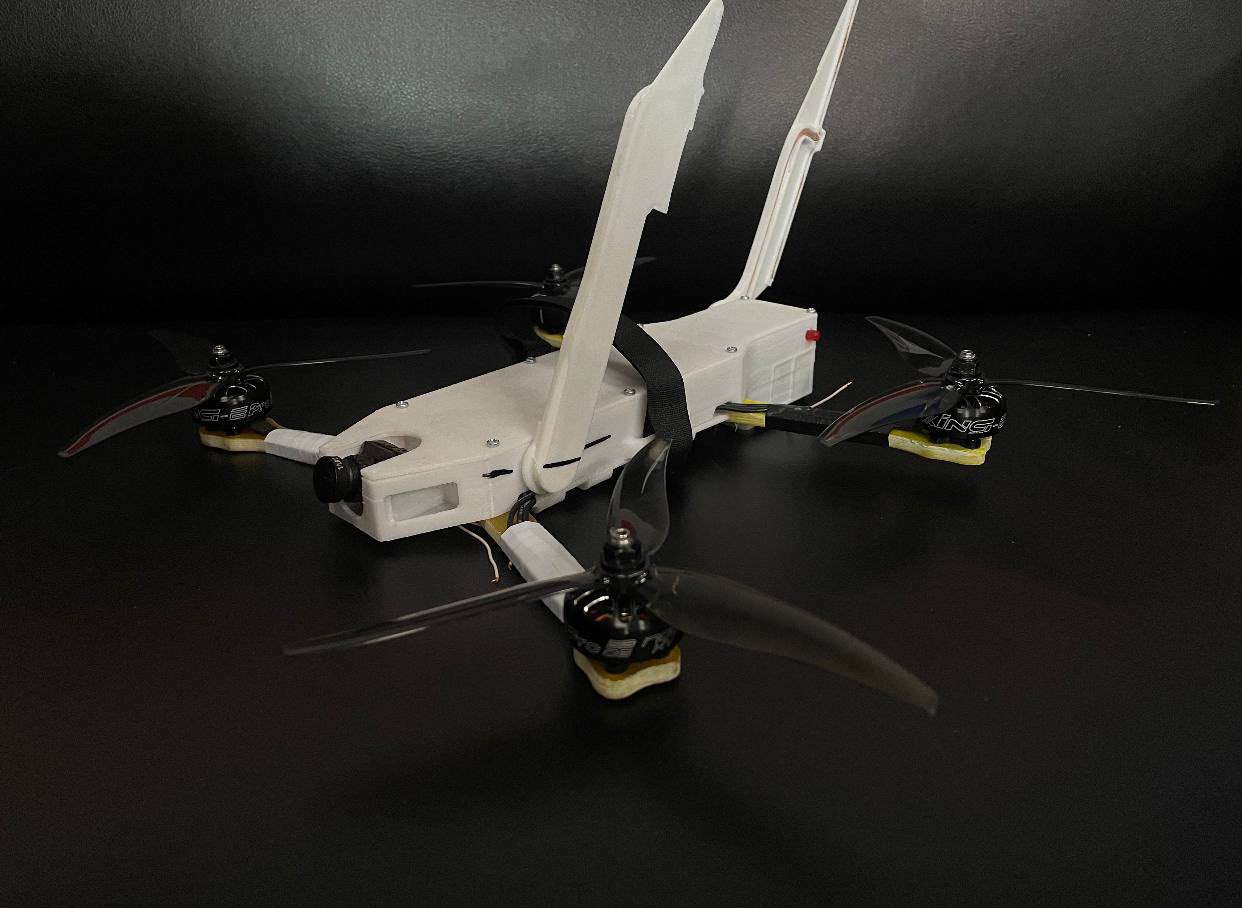Russian volunteers from the Ural region are testing a new First Person View kamikaze drone, ‘Ghoul,’ with do-it-yourself (DIY)-like features and 3D printed parts.
Studying US Warfighting Tactics For 30 Years, China Plans To Disrupt US Air Force’s ‘Kill Chain’ & Deflate Its Military
The project, which lacks state support, government funding, or collaboration from a state-owned arms maker, will be employed for deep strikes on armor and fortified targets along the frontline, behind enemy lines.
Interestingly, this is the second such UAV to be developed by independent private initiatives, with the first being the Privet-82 loitering munition, as earlier reported by EurAsian Times.
Slew Of Russian Inductions Before Ukraine’s Counteroffensive
Their development and possible induction are happening when Ukraine is expected to launch a massive counteroffensive to recapture some lost territory to convince a reluctant West to continue arming it.
The war crossed a year this February, and President Vladimir Putin on May 9 urged a hardline stance on what he maintains as a Western-led “hatred and Russophobia” on the sidelines of the Victory Day parade.
Therefore, the hardened positions of all three parties, Russia, Ukraine, and the US, indicate that the war would continue into the near future. This means it can escalate into a wider war or a frozen conflict with periodic bursts of fighting.

Hit Isolated Tanks, Enemy Rear
A report in TASS stated that Ghoul was developed in the Sverdlovsk region and is designed to strike in the depths of the front, including to prevent the supply of ammunition and destroy armored vehicles in “closed positions.” This means UAVs are more suited to striking small armor and military vehicles detachments rather than frontal assaults on big positions.
Based on the report in TASS, the developer has imagined a particular tactical scenario in mind for the drone. “The main task of our development is to strike the enemy at tactical depth to isolate the combat zone.
That is, we want to block the conditional square from the possibility of transporting ammunition, personnel, and equipment to make combat for the enemy as difficult and unbearable as possible,” an unnamed company official told TASS.
This means the UAV is designed to hit an adversary’s rear echelons that feed reinforcements to the frontlines. Therefore, engaging the first layer of the enemy lines becomes easier since they cannot hold out for long.
“Another priority goal is tanks working on us from closed firing positions, which are hiding from our anti-tank guided missiles (ATGM) crews, from behind the folds of the terrain. The drone will be able to find such a target and hit it with a dive from a height [sic],” TASS quoted a company official as saying.
To hit its targets, Ghoul can carry RPG-7 grenades, such as PG-7VL and RKG-3M hand-held anti-tank grenades, and “high-explosive fragmentation charges made by the military directly at the front from epoxy glue.”
Whether this means forward units are themselves developing makeshift explosive charges is unclear. However, the practice cannot be ruled out, given previous examples of Russian soldiers developing basic armed unmanned ground vehicles (UGV).
Photos claimed to be of the drone on some social media accounts showed a simple quadcopter with four three-blade rotors. Whether it was the actual drone could not be verified.
The manufacturer did not disclose “the performance characteristics of the drone (and leave them) as a surprise for the Armed Forces of Ukraine.” The first batch of drones tested on the frontlines threw some issues with the ground control consoles, and the subsequent lot will be produced with more feedback from the military.
Sergey Shoigu
Drones With Russian Electronics Components
But what stands out is the Russian effort to cut its reliance on Western electronics imported from the US and Europe that go into many of its aerospace products and have become even harder to purchase following sanctions. Russian industry has traditionally been weak in electronics, circuit boards, and computer hardware manufacturing.
A company official said they are trying to locally develop video transmitters used in First Person View (FPV) drones and reducing Chinese device imports.
This is achieved by manufacturing the antennas and some parts of the main body on 3D printers. “An integral part of the frame is cut on CNC machines from fiberglass (while) the main elements of the body are cast by us using thermoplastic technology under pressure,” said the company official quoted in TASS.
The EurAsian Times recently reported the development of the Privet-82 kamikaze UAV developed with minimal “complex” electronic parts and locally sourced components.
Like Privet-82, Ghoul, too, has been a self-funded effort with no government or Ministry of Defense (MoD) support. The report added that it was a crowdfunded effort with appeals by leading Russian Telegram channels.
- The author can be reached at satamp@gmail.com
- Follow EurAsian Times on Google News